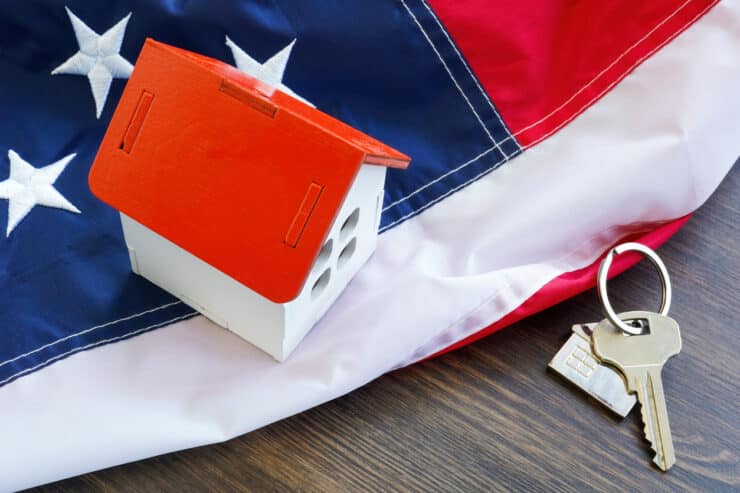Pop quiz. Which came first: Fannie Mae or Freddie Mac?
Anyone?
If you’re up on your U.S. financial history you may know it was the Federal National Mortgage Association (aka Fannie Mae) that was chartered by the U.S. government in 1938 “to help ensure a reliable and affordable supply of mortgage funds throughout the country,” according to the Federal Housing Finance Agency (FHFA). Today, Fannie Mae is a shareholder-owned business operating under a congressional charter.
Fannie Mae is also credited with helping to expand homeownership in the U.S. by garnering broader adoption of the 30-year, fixed-rate mortgage. Unlike some other loans that could be unpredictable and pricey, the 30-year option offered more access to homeownership (starting in the 1950s) for some of the same reasons it does today. It provides lower and more predictable monthly payments for the life of a loan.
It would be more than 30 years before the Federal Home Loan Mortgage Corporation (nicknamed Freddie Mac) was developed, notes the FHFA, when it was chartered by Congress in 1970 as a private company with a similar goal of helping to maintain a reliable supply of funds for mortgages in the U.S. Now, it’s also a shareholder-owned company operating under a congressional charter.
The Main Difference
Besides being developed a few decades apart, the biggest difference between the two enterprises is that Fannie Mae typically buys loans from larger financial institutions — including credit unions and banks — while Freddie Mac generally buys mortgages from smaller community-based lending institutions.
What They do
Fannie and Freddie support the U.S. mortgage market in critical ways, notes the Urban Institute: “They provide deep and broad-based liquidity for mortgages, which translates into lower rates for borrowers throughout the country and through the economic cycle.” In other words, the two businesses aim to offer access to funds with reasonable terms to the thousands of lenders that give loans to finance homes, notes the FHFA.
How They Do It
Fannie Mae and Freddie Mac, according to their congressional charters, buy mortgages from lenders and either hold the loans in their portfolios or package them into something called mortgage-backed securities (MBS). Ideally, lenders use the money earned from selling mortgages to Fannie and Freddie to lend to more people. That means the purchases from Fannie and Freddie “help ensure that individuals and families that buy homes and investors that purchase apartment buildings and other multifamily dwellings have a continuous, stable supply of mortgage money,” according to FHFA.
Why it Matters
By bundling loans into mortgage-backed securities, noting the FHFA, and guaranteeing on-time payment on the mortgages, Fannie and Freddie often attract investors to the secondary mortgage market who might not otherwise invest there. And when that happens, it in turn expands the pool of funds available for housing.
Who They Report to
Fannie and Freddie, according to their charters, have what’s known as government-sponsored enterprise status, notes Investopedia. They operate with ties to the U.S. government. During the Great Recession that began in 2008, the two companies were placed in conservatorships. The FHFA regulates, enforces, and monitors Fannie and Freddie’s capital standards and limits the size of their mortgage investment portfolios, according to Investopedia.
The Bottom Line
In 2023, Fannie and Freddie continue to support some 70% of the U.S. mortgage market, according to the National Association of Realtors, remaining “a vital component of the housing finance system.”






